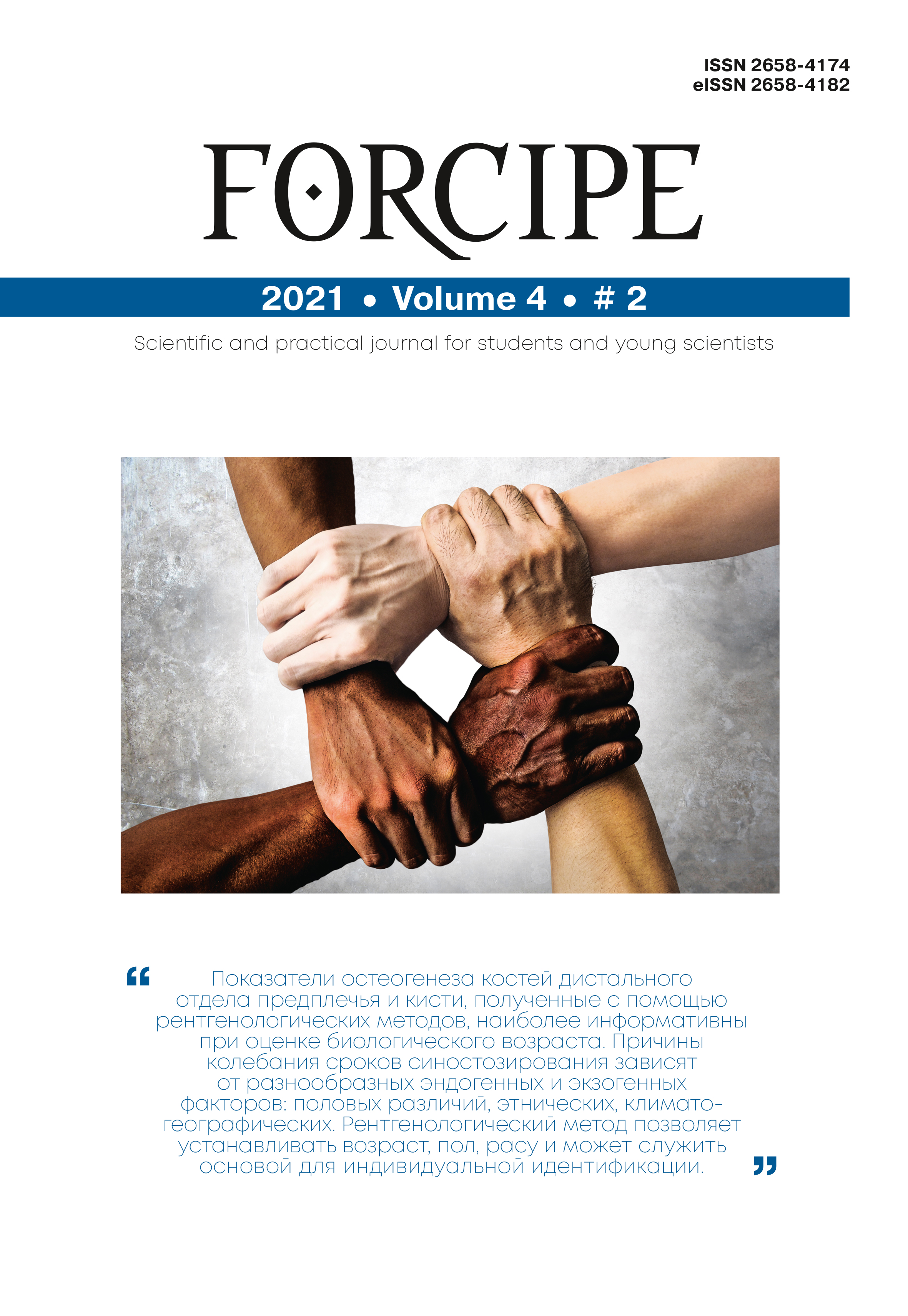Patterns of neuroglial relationships reorganization in the hippocampal formation of white rats after short term occlusion of the common carotid arteries
Abstract
Goal. The study is devoted to the study of neuroglial relationships in the hippocampus and dentate fascia of white rats after 20-minute occlusion of the common carotid arteries (OCCA). Research methods. Histological (hematoxylin eosin, according to Nissl), immunohistochemical (MAP-2, GFAP, p38, CASP3) and morphometric methods were used to study astrocytes and neurons of the hippocampal formation in the control (intact animals, n = 6) and 1, 3, 7, 14 and 30 days (n = 30) after a 20-minute OCCA. To assess changes in the structure of astrocytes, we used classical methods and approaches of fractal formalism (the FracLac 2.5 plugin from the ImageJ 1.53 program). Statistical hypotheses were tested using nonparametric criteria. Results and discussion. After OCCA, there was a significant heterogeneity and heterochronicity of changes in the spatial organization of astrocytes CA1, CA3 and dentate fascia. The distal processes of astrocytes were more labile and reactive. These processes were first destroyed (1 day), and after 3 and 7 days they adapted to post ischemic changes and were restored by activating the mechanisms of reactive astrogliosis and complicating the spatial organization of the neuroglial network. Conclusion. Thus, after acute ischemia caused by 20-minute OCCA, new data on the patterns of qualitative and quantitative changes in the spatial organization of hippocampal astrocytes were obtained.



